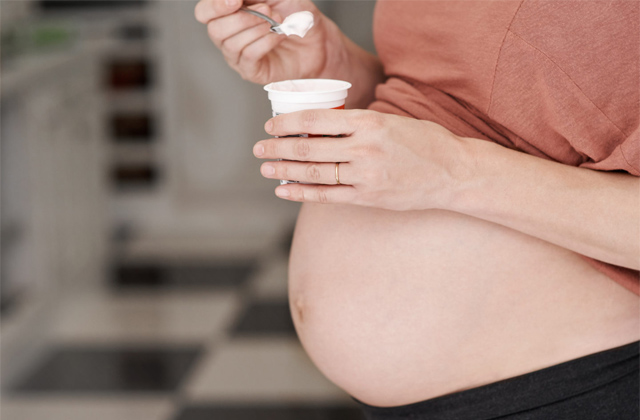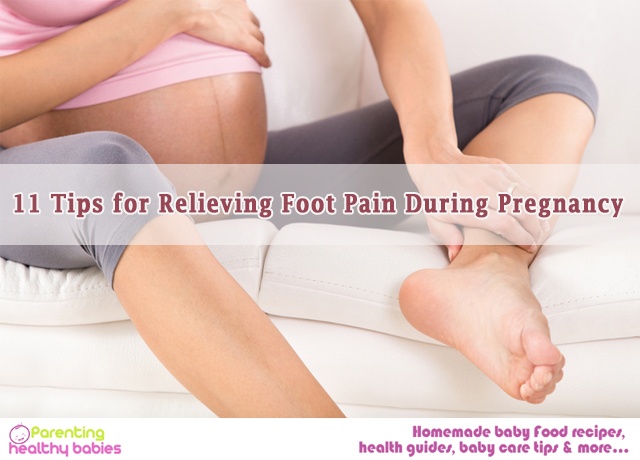Reassure yourself that any breast lump you find while pregnant is probably benign. Here are some red flags to look out for and some suggestions for remedies. What additional changes to your breasts might you experience while you’re pregnant?
Breast lumps associated with pregnancy are extremely common. The expectant mother will experience several common biological changes, such as an increase in breast size, more noticeable sweat glands around the nipples, and a darkening of the areola, to prepare her body for nursing.
Examples of typical non-cancerous variations include accessory (additional) breast tissue, fibroadenomas, cysts, lipomas, and hormonal changes in the breast (fibrocystic changes).
If a pregnant woman feels a lump, she should always consult a doctor, but she should realize that most of the time nothing dangerous won’t be discovered. Despite the fact that finding a lump in your breast may be unsettling, you can rest assured that it’s most likely nothing to worry about. Even though it is the most common type of cancer found during pregnancy, the American Cancer Society notes that it is still extremely rare (especially if you’re under 35).
The likelihood that you will discover a breast lump while pregnant really depends on a number of factors. It’s possible that breast lumps are benign cysts. However, if you’re in your second or third trimester, a blocked milk duct is really the most frequent cause of breast lumps.
What to do if you find a breast lump when you’re pregnant, as well as some more breast changes you could encounter during the following nine months, are detailed below.
How Do You Examine Your Breasts For Lumps?
A lump in the breast is a protrusion of swollen tissue. You could feel a bump in your breasts, or a lump may emerge from your breast.
The American Cancer Society no longer advises routine breast self-examinations for women with an average risk of developing breast cancer due to their lack of efficacy and higher rates of invasive biopsies for benign conditions. While it is not recommended to perform routine self-breast examinations, focusing on overall breast health and engaging in self-rreflection and self-awareness are fantastic ways to become acquainted with your breasts and their typical abnormal lumps and bumps so you can alert your physician to anything out of the ordinary. This can be particularly significant during pregnancy and the postpartum period. You’ll be better able to notice alterations in your breasts if you’re aware of what your body considers to be “normal.” However, keep in mind that the great majority of “abnormalities” felt in the breast during this time are perfectly benign, so don’t worry yourself silly if you detect something.
Pregnancy-Related Breast Changes and Tenderness
As you check your breasts periodically, keep in mind that malignant lumps typically don’t start off as being unpleasant or red as a clogged milk duct would, and they also don’t go away with warm water and massage. Any type of new lump, skin changes like thickness, dimples, redness, scales, or soreness in one area or that gets worse, as well as skin changes that need to be reported, should all be kept an eye out for.
However, considering breast cancer can still develop while you’re pregnant, it’s important to consult your doctor right away if you notice anything unusual in your breast. Don’t wait until after you give birth to get it examined. Breast mass assessment is the same for pregnant and non-pregnant women, and if necessary, mammography can be done while you are pregnant as long as the radiation exposure to your unborn child is below acceptable limits.
Yes, although your breast tissue is thicker and lumpier, it can be more challenging to comprehend tests for cancer in the breasts, but it is still feasible — and crucial — to get a precise test.
What If You Discover A Lump In Your Breast While Pregnant?
If your doctor decides the lump is most likely caused by a clogged duct, massage the area and frequently apply a warm compress (or run hot water through it in the shower). This should help clear the accumulation. If your doctor concludes that the lump is probably the result of a clogged duct, massage the region and frequently administer a warm compress (or run hot water through it in the shower), which should help clear the accumulation.
Consult your doctor if the lump doesn’t go away or worsens to be sure it’s not something else or infectious.
The most common cause of breast lumps during pregnancy is a galactocele, which is a blocked milk channel. Your breasts make preparations to nurse your baby as early as your second trimester, and this might cause a milk duct to get clogged and grow. While lactating, they may persist in clogging in this manner. Obstructed milk ducts typically present as firm, occasionally red lumps that seem to be painful to the touch.
The excellent thing is that your body is creating these bothersome lumps as a means of preparing to feed your child. If you decide to breastfeed, research suggests that you could reduce your risk of breast cancer in the future.
As opposed to a blocked duct, there are many other possible causes for breast lumps. Contact your practitioner if a lump does not go away after a week of using the diagnostics and therapeutics for a clogged duct.
Pregnancy-Related Breast Lumps Can Also Have Other Causes, Such As:
Fibroadenoma. These benign cells that make up these non-proliferative growths often diminish on their own, are easily eliminated, or are emptied of fluid using a needle.
basic cyst These fluid-filled lumps are palpable and are a common feature of fibrocystic changes or the result of other reactive breast changes.
breast infection or an abscess (mastitis). This type of tumor also causes breast redness and localized discomfort in addition to a fever and general malaise.
Contrary to a blocked duct, there are many additional possible causes of breast lumps. Contact your practitioner if a lump does not go away after a week of using the diagnostics and therapeutics for a clogged duct.
Pregnancy-Related Breast Lumps Can Also Have Other Causes, Such As
- fibroadenoma
- uncomplicated cyst
- Breast abscess or infection (mastitis)
- Skin alterations
What additional changes to your breasts might you experience while you’re pregnant?
In addition to lumps and clogged milk ducts, you could also see the following breast changes during pregnancy:
- sharp nipples
- enlarged breasts
- Darker areolas
- Discharge
Conclusion
If the biopsy indicates that the lump is benign and not malignant, the patient may be told to ignore it.
Nevertheless, the treatment protocols for breast cancer for the pregnant woman will be changed if the biopsy reveals that it is malignant. To determine if cancer has spread to other body organs, staging can only be performed with a liver ultrasound and a chest X-ray. The breast surgeon, oncologist, and ob-gyn will talk about what is ideal for the woman and her baby according to the pregnancy trimester she is in.
Resources:
- american Cancer Society, Finding Breast Cancer During Pregnancy, January 2022. | Show in the article
- BreastCancer.org, Benign Breast Changes Associated With Pregnancy and Breastfeeding, June 2022. | Show in the article
- National Institutes of Health, National Library of Medicine, Pregnancy-Associated Breast Cancer, 2012.













